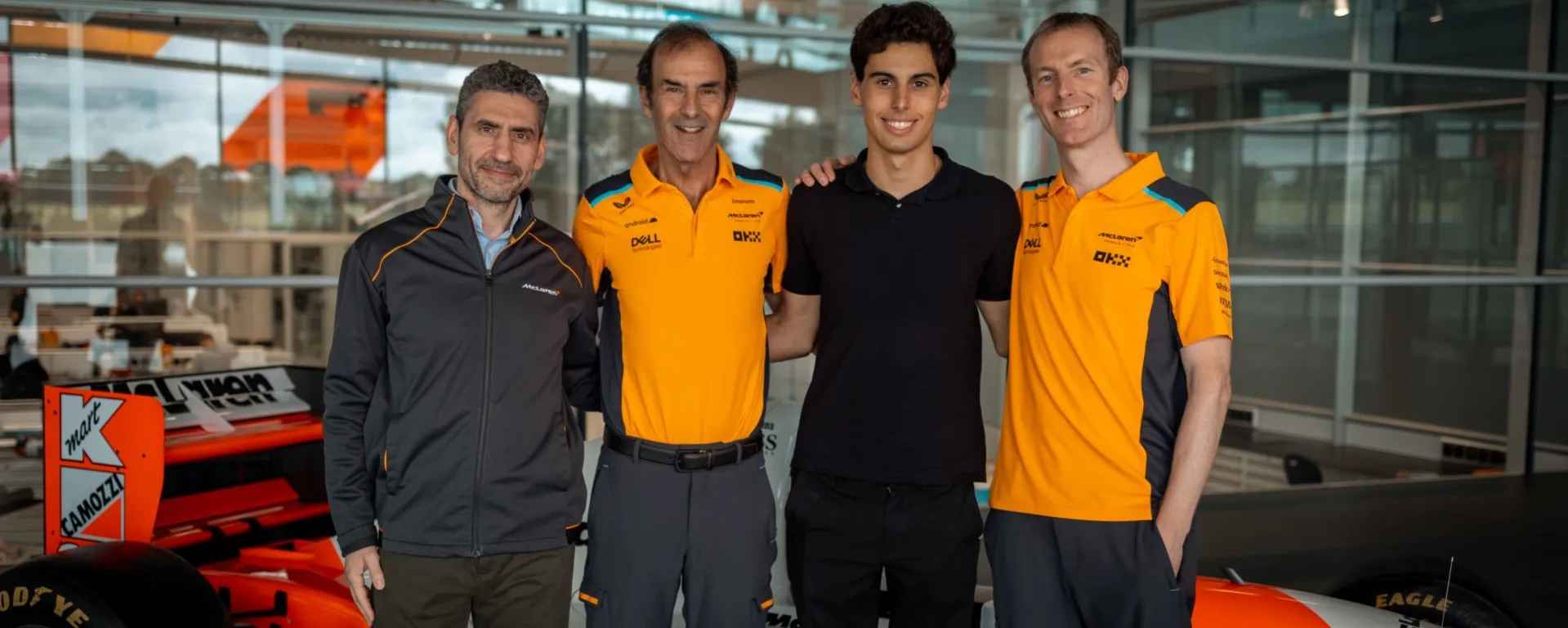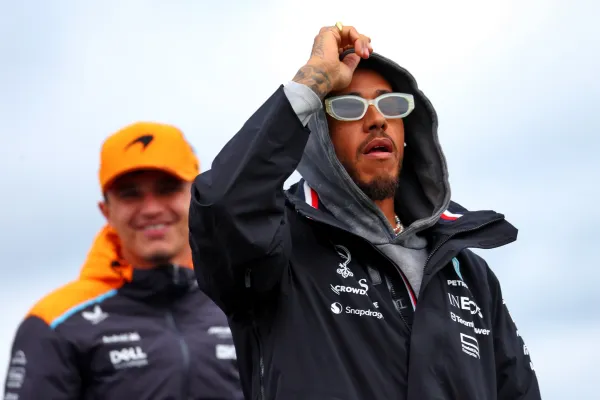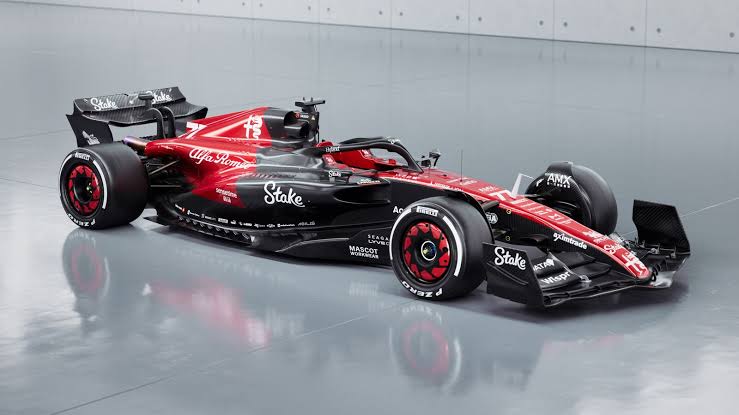The Evolution Of Junior Driver Programs In F1: A Deep Dive Into 2025’s Rule Changes
The Rise of Driver Development Programs
Formula 1 has always been the pinnacle of motorsport, attracting the most talented drivers from around the world. However, the path to reaching this elite level has evolved significantly over the years. In the early 2000s, a new trend emerged that would reshape the landscape of driver development in F1: the creation of dedicated junior driver programs.
Red Bull was one of the pioneers in this area, establishing their Junior Team in 200112. Other teams soon followed suit, recognizing the value of nurturing young talent from an early age. These programs offered financial support, training, and a clear pathway to F1 for promising young drivers.
The Current State of Driver Academies
As we approach 2025, nearly every F1 team has some form of driver development program. These academies have become increasingly sophisticated, with teams investing significant resources to identify and cultivate the next generation of F1 stars.
The McLaren Driver Development Programme, for example, expanded from five drivers in 2023 to ten in 202413. This growth reflects the increasing importance teams place on having a strong pipeline of talent. Similarly, Alpine (formerly Renault) has maintained a driver program through various team iterations and rebrands since 2002.
The Impact of Driver Academies
The success of these programs is evident in the current F1 grid. Many of today’s top drivers are products of team academies, including seven-time world champion Lewis Hamilton, who came through the McLaren young driver program. In fact, the vast majority of the current grid has benefited from some form of junior driver support.
These academies not only provide a pathway to F1 but also serve as a valuable tool for teams to evaluate and develop talent over an extended period. They allow teams to mold drivers to their specific needs and culture from an early age.
2025 Rule Changes: Enhancing Opportunities for Young Drivers
As we look ahead to the 2025 season, several rule changes are set to further enhance opportunities for young drivers and strengthen the link between junior programs and F1 teams.
Increased Free Practice Requirements
One of the most significant changes for 2025 is the increase in mandatory young driver appearances during Free Practice sessions. The requirement has doubled from two sessions per season per car to four6. This change provides more on-track experience for junior drivers in current F1 machinery, allowing teams to better evaluate their potential in a real F1 environment.
Minimum Weight Adjustments
The 2025 regulations also include an increase in the minimum driver weight allowance from 80kg to 82kg. This change, while seemingly small, can have a significant impact on driver development programs. It allows teams to consider a wider range of physical builds when scouting young talent, potentially opening doors for drivers who may have previously been overlooked due to weight concerns.
Testing Restrictions
The FIA has implemented new restrictions on testing previous-year cars (TPC) for 2025. Teams are now limited to 20 days of TPC, with active drivers allowed a maximum of 1,000km over four days of testing. These restrictions aim to level the playing field and prevent larger teams from gaining an unfair advantage through extensive private testing programs.
The Role of Feeder Series
While F1 teams’ driver academies play a crucial role in talent development, the importance of feeder series cannot be overstated. Series like Formula 2, Formula 3, and various regional Formula championships provide the competitive environment necessary for young drivers to hone their skills and prove their worth.
The FIA has continued to refine the structure of these feeder series to create a clear ladder to F1. For example, the top five drivers in the F1 Academy (an all-female racing series) will now receive FIA Super License points, with the champion earning 10 points19. This change helps to integrate F1 Academy more closely with the traditional path to F1.
Expanding Opportunities: F1 Academy and Wild Card Entries
The introduction of Wild Card entries in F1 Academy for the 2024 season, which will continue in 2025, represents another avenue for young talent to gain exposure19. This initiative allows promising drivers from host regions to compete in select races, broadening the talent pool and providing valuable experience to emerging drivers.
Furthermore, the expansion of the F1 Academy grid to 18 cars in 2025 with the addition of Hitech Grand Prix demonstrates F1’s commitment to creating more opportunities for young female drivers23. This growth reflects the series’ rapid development and the increasing talent pool of young female drivers aiming for a career in motorsport.
The Challenges of Driver Development
While these programs offer incredible opportunities, they also come with significant pressure. Young drivers often face intense scrutiny and competition from an early age. The Red Bull Junior Team, for example, is known for its high-pressure environment and willingness to release drivers who don’t meet expectations.
This pressure can be both a motivator and a potential pitfall. While it pushes drivers to perform at their best, it can also lead to burnout or mental health challenges if not managed properly. As such, many teams are now incorporating mental coaching and support into their development programs8.
The Future of Driver Development
Looking beyond 2025, the landscape of driver development in F1 is likely to continue evolving. The introduction of new technologies, such as advanced simulators and biometric data analysis, will allow teams to evaluate and develop drivers with unprecedented precision.
There’s also a growing emphasis on diversity and inclusion in motorsport. Initiatives like F1 Academy and increased efforts to scout talent from underrepresented backgrounds are likely to reshape the demographics of future F1 grids.
Conclusion
The evolution of junior driver programs in F1 represents a significant shift in how the sport develops and selects its top talent. From the early days of sponsor-affiliated drivers to today’s sophisticated academy systems, the path to F1 has become more structured but also more competitive.
The 2025 rule changes further cement the importance of these programs, providing more opportunities for young drivers to showcase their skills in F1 machinery. However, they also present new challenges for teams in managing their junior talent and navigating the complex landscape of driver development.
As we move forward, the success of these programs will likely be measured not just by the number of drivers they promote to F1, but by the quality and diversity of the talent they produce. The future of F1 lies in the hands of these young drivers, and the evolution of junior driver programs will play a crucial role in shaping the sport for years to come.






















